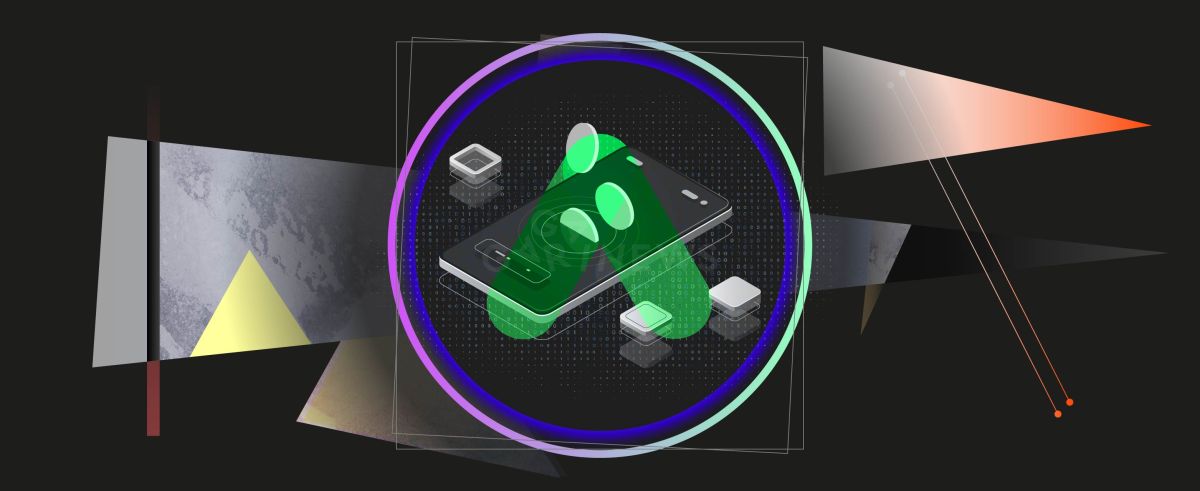Anchor Protocol – the DeFi project from the founders of Terra

An analysis of the fateful Anchor Protocol project developed by the founders of the failed blockchain. How did the protocol attract investors, how did it affect the growth of UST and LUNA? Most importantly: why did the Anchor Protocol lead to Terra’s collapse?
On this page
What is Anchor Protocol?
Anchor Protocol is the largest DeFi savings protocol built on the Terra blockchain and integrated into its ecosystem. It was developed by TerraForm Labs, headed by Do Kwon and Daniel Sheen.
Anchor is a payment platform that creates attractive conditions for lending and borrowing with a 19.5% deposit income in stablecoins. Anchor Protocol is based on over-collateralization that allows investors to conduct transactions and earn high rewards for it.
The protocol’s main function before Terra's failure was to attract new people to this blockchain and increase the price of its assets (the algorithmic stablecoin UST and the token LUNA).
How did the protocol attract customers?
People flocked to Anchor Protocol like bees to nectar because of the high passive yield. The point is that the platform is similar to a deposit account in a bank.
Whoever acts as a creditor transfers their USTs to Anchor for savings and receives an interest of 19.5% of the amount. The platform then uses those stablecoins to provide credits for borrowers.
The borrowers transfer their assets to bLUNA and block them in the account as collateral to receive UST. And they are also paid bonuses for borrowing.
Thus, due to the high rewards for the services, investors were motivated to use Anchor, which led to the demand for the UST stablecoin and the rise in the value of the LUNA token.
How did Anchor Protocol affect the rise of UST and LUNA?
The scheme used by the project led to the UST stablecoin outperforming Binance USD in terms of market value for a while and ranking third as a “stable coin” in terms of capitalization. In turn, LUNA was worth more than $116 in December 2021, while 1 stablecoin is pegged to $1.
The popularity of these assets has been directly linked to the nearly 20% annual return offered by the Anchor Protocol project. In just one year, its total amount locked in the smart contract grew almost 25 times, from $0.6 billion to $16 billion.
The stability of demand in UST positively affected the LUNA rate since issuing a stablecoin requires burning the native Terra blockchain token. That is, the more UST was issued and put in Anchor, the more the LUNA token was burned and the higher its price was.
Why is the Anchor Protocol linked to the collapse of Terra?
In May, Terra supporters and the entire crypto market witnessed a sharp drop in the prices of LUNA and UST. Investors lost $40 billion in a few days.
As a result, this provoked a decline in other Terra blockchain-related assets and companies, leading to negative sentiment. A prolonged bullish trend took hold in the market.
Let's go back to the days when Anchor's tempting returns created a huge stir around the Terra ecosystem and trace the chain of cause and effect.
At some point, there were too many people on the platform willing to deposit funds to earn interest and not enough borrowers. This led to an unprecedented increase in interest obligations. Anchor Protocol became dependent on an infusion of capital from outside to cover costs and pay income to investors. This was the responsibility of the Luna Foundation Guard, which was specially created to support the Terra ecosystem.
It follows that supply on the platform began to prevail over demand. So, Terra executives began replenishing their reserves to bridge the gap between the ratios.
When this happened, there were rumors on the web that the interest rate would go down. People, without hesitation, began withdrawing their stablecoins from Anchor, exchanging them for LUNA tokens, and selling them to make profits. Crypto lending company Celsius, which had about half a billion dollars of funds in Anchor Protocol, also joined the action.
As a result, the supply of Terra’s native blockchain token rose, and the price plummeted. When the avalanche of asset stripping peaked, the UST stablecoin dropped by nearly 80% of its peak value in a couple of days.
What does that implies?
Anchor's potential problems with a lower rate of return led to a large capital outflow and had severe consequences for the entire ecosystem, the DeFi sector, and the cryptocurrency market. The funds that the founders spent on returns to develop the Terra blockchain greatly exceeded the income from Anchor Protocol, which also brought the situation to a dead end.
In general, UST and LUNA needed a new tokenomics focused on the long-term. This aspect was not considered. The disproportion led to an outflow of capital to other projects and ecosystems, which in turn destroyed their rate and the value of the cryptocurrency Anchor Protocol.
However, the market sale showed reliable tokens and stablecoins that acted as safe-haven assets. Market participants will definitely pay attention to this, and there will be more trust in them.
TerraForm Labs tried to take its place among the elite and successful companies but chose a too risky, ill-conceived, and short-term method. As a result, it failed the strength test and did not adapt to the competitive environment.
The content on The Coinomist is for informational purposes only and should not be interpreted as financial advice. While we strive to provide accurate and up-to-date information, we do not guarantee the accuracy, completeness, or reliability of any content. Neither we accept liability for any errors or omissions in the information provided or for any financial losses incurred as a result of relying on this information. Actions based on this content are at your own risk. Always do your own research and consult a professional. See our Terms, Privacy Policy, and Disclaimers for more details.



























